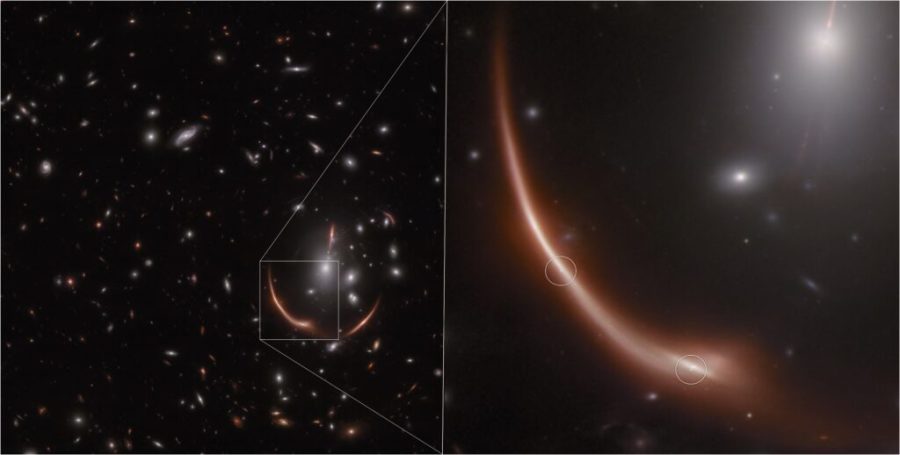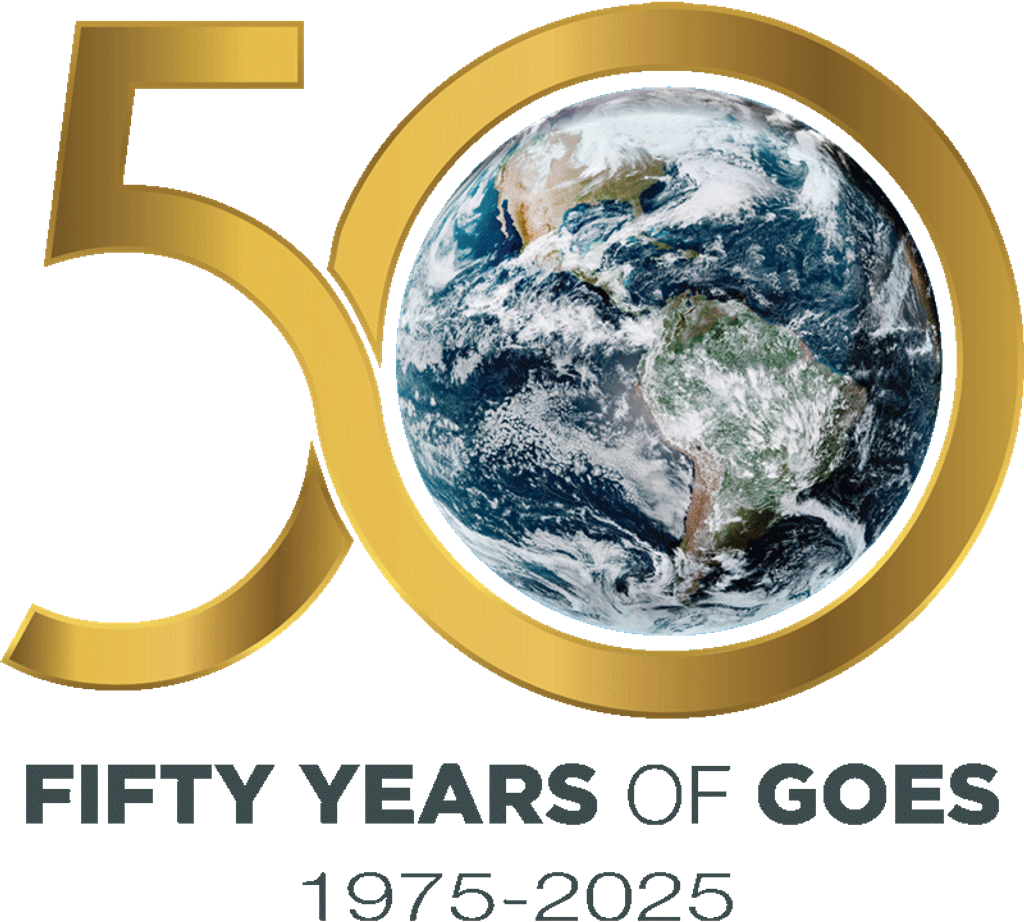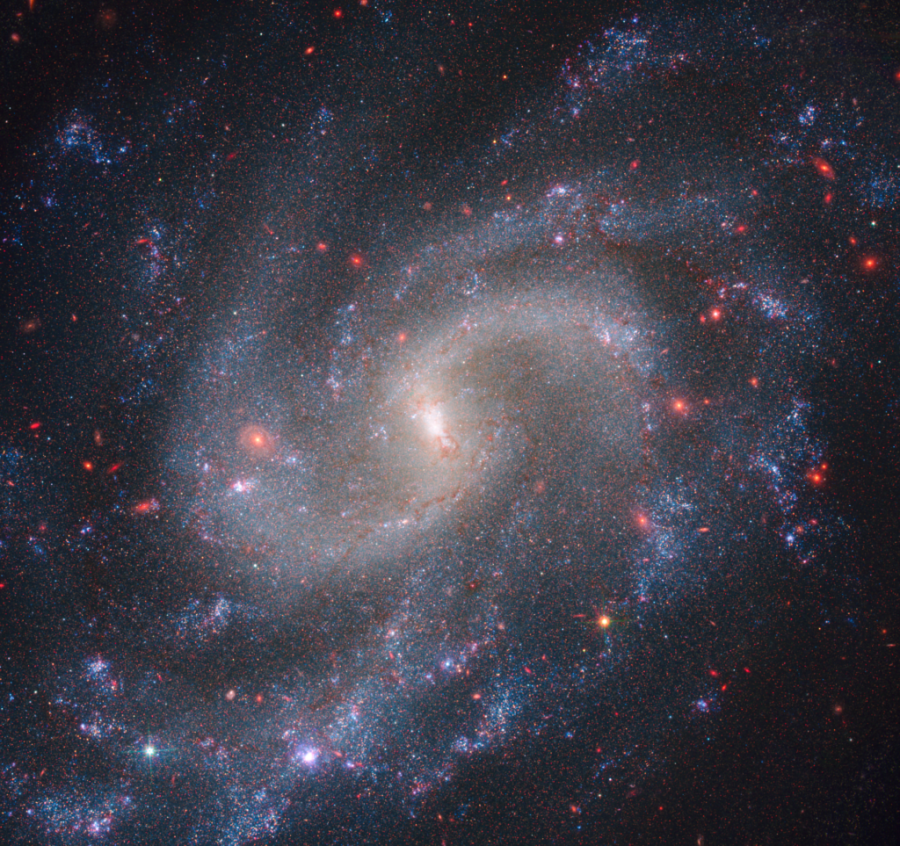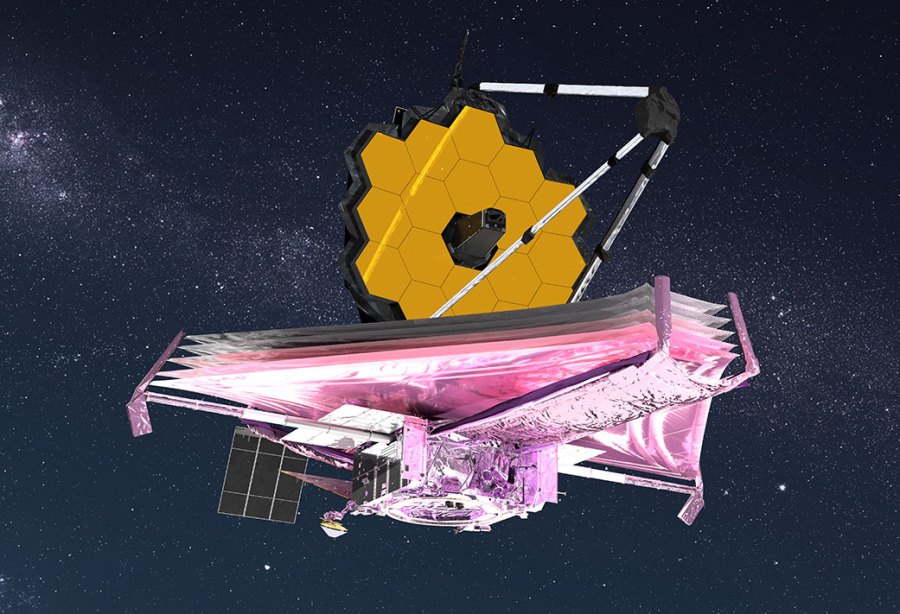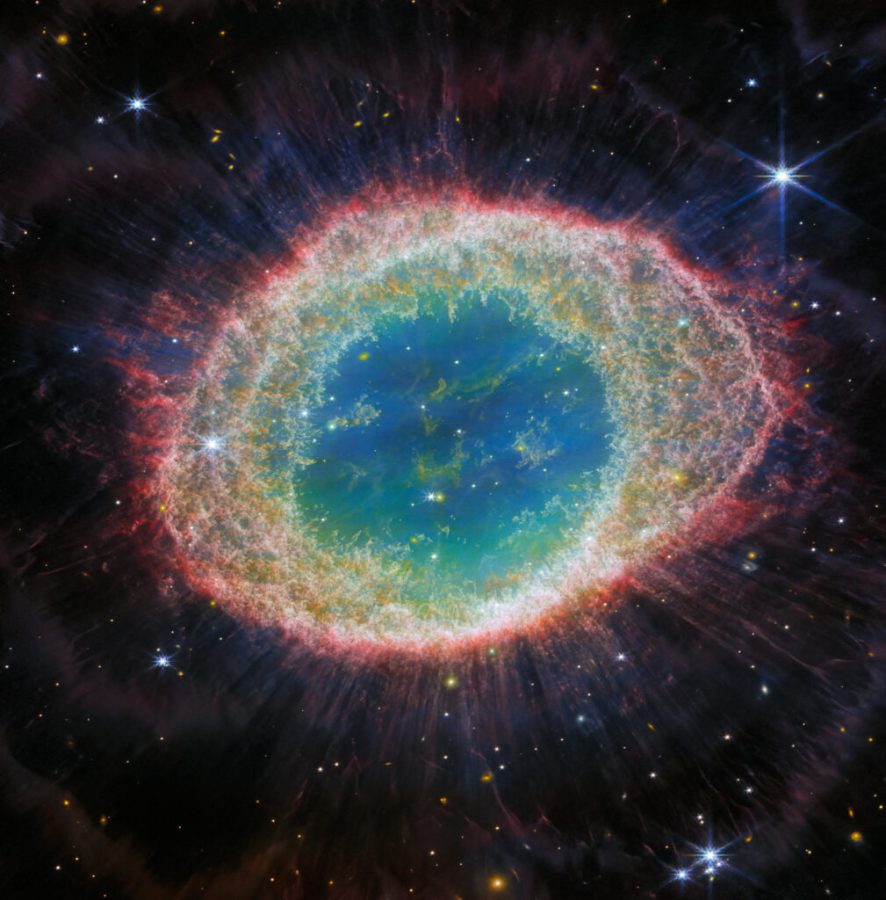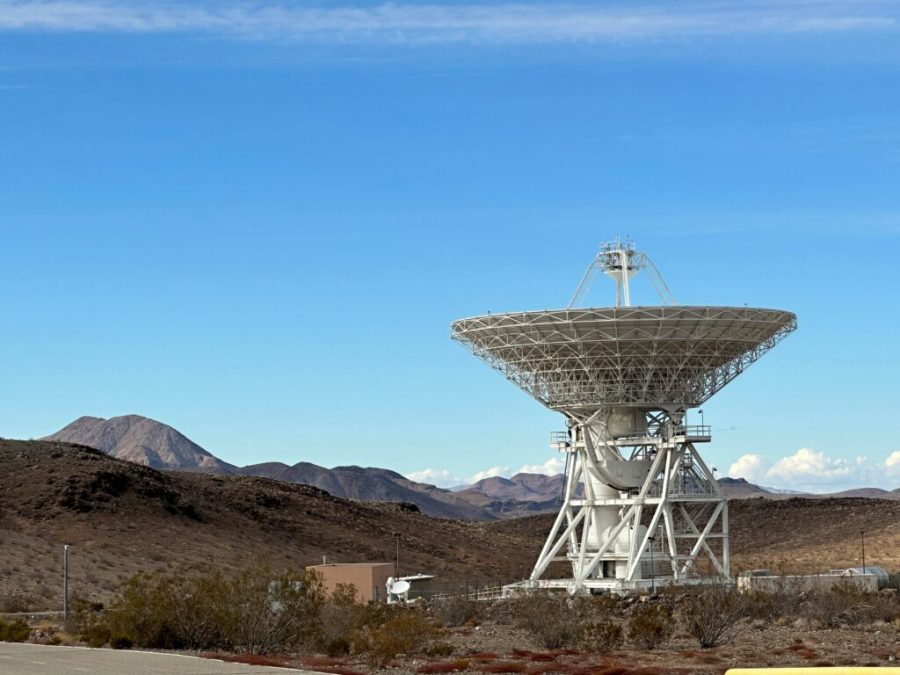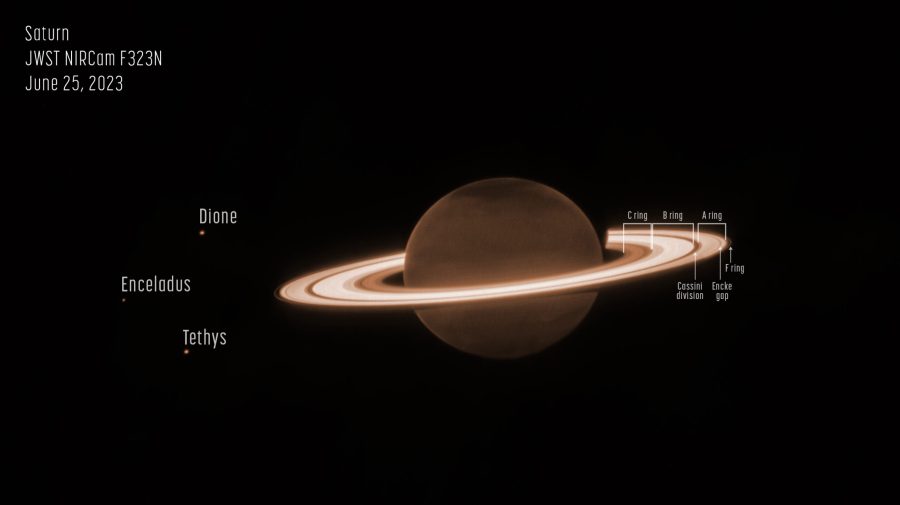Editor's Note: This post highlights data from Webb science in progress, which has not yet been through the peer-review process. In November 2023, NASA's James Webb Space Telescope observed a massive cluster of galaxies named MACS J0138.0-2155. Through an effect called gravitational lensing, first predicted by Albert Einstein, a distant galaxy named MRG-M0138 appears warped by …
Supernova Encore: NASA’s Webb Spots a Second Lensed Supernova in a Distant Galaxy
